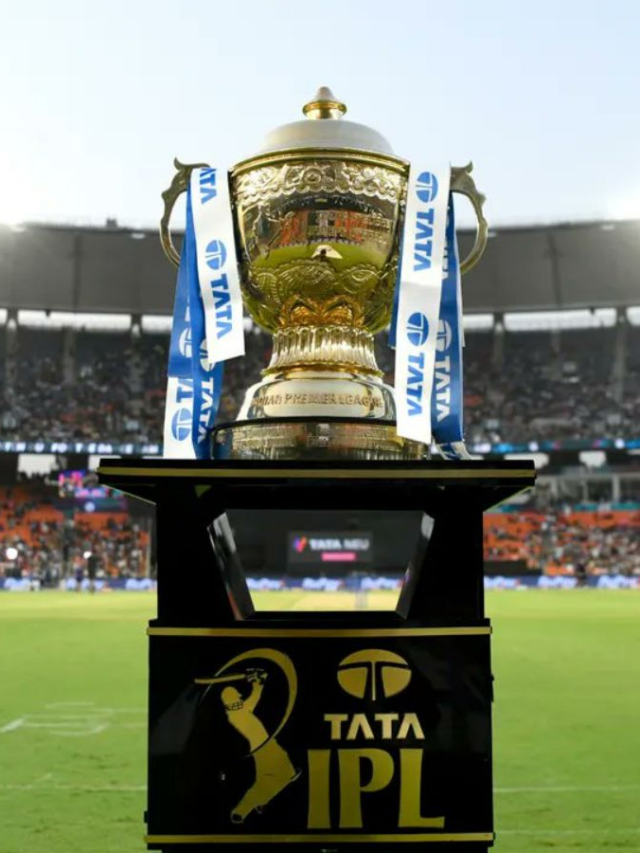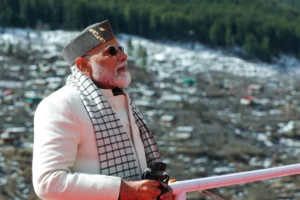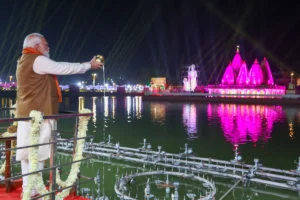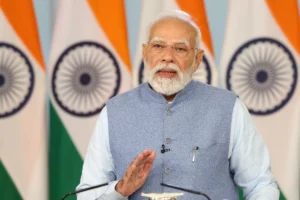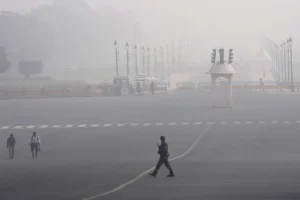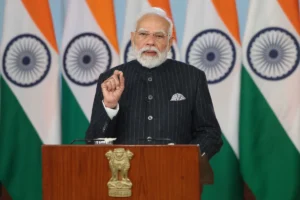
NEW DELHI:Railway minister Ashwini Vaishnaw on Sunday said that the tragic train accident in Balasore, Odisha, was caused by a “change in electronic interlocking.”
A safety system called electronic interlocking manages signals and tracks to stop trains from moving in conflict with one another.
Kawach system wasn’t present in the accident area: Former member of the Railway Board SK Vij
Vaishnaw emphasised that the modification in the electronic interlocking procedure is what caused the catastrophe, and a comprehensive inquiry will identify the people at fault and the precise circumstances that caused the accident.
He assured that restoration work is underway and normalcy will be restored before Wednesday morning.
What is ‘Electronic interlocking’
By carefully controlling the configuration of tracks, electronic interlocking is a sophisticated set of signal equipment intended to prevent conflicting movements between trains. By eliminating the inappropriate sequencing of signal changes, it primarily serves to protect the safety of railway operations.
This system’s main goal is to prevent a train from moving forward until the route has been properly examined for safety.
The risk of potential collisions and accidents is greatly decreased by using electronic interlocking, increasing the overall safety and effectiveness of railway operating.
Balasore train mishap: Rail traffic to restore soon as work to repair tracks, signals underway
Computers and electronic control systems are used in this system to monitor and manage train movement. It takes the role of older mechanical interlocking systems that controlled signals and switches using actual levers and rods.
Many benefits of electronic interlocking include higher dependability, quicker reaction times, and greater flexibility in controlling train movements.
Sensors and feedback devices are used by the electronic interlocking system to find and locate trains on the tracks. To ensure the safe running of trains, it connects with numerous other systems, including train detection systems, signals, points (switches), and track circuits.
The system prevents conflicting routes or movements by coordinating the signals and switches based on the current and intended positions of trains. Those accountable for the accident identified
The Railway Minister refrained from commenting on the investigation report conducted by the commissioner of railway safety, emphasising the importance of awaiting its findings. However, he confirmed that the cause of the accident has been identified and those accountable have been identified as well.
Odisha train accident: ‘Root cause’ identified, says Railway Minister Ashwini Vaishnaw
The focus presently is on the restoration process, which involves repairing the two main lines and two loop lines. The railway minister also expressed confidence in completing the restoration well in advance of the Wednesday morning target.
Vaishnaw also dismissed the claim made by West Bengal chief minister Mamata Banerjee that the accident could have been prevented with the use of the Kavach (anti-collision) device. He clarified that the accident was not related to the Kavach system and contradicted Banerjee’s statement, noting that her understanding of the situation was incorrect.
Meanwhile, official figures indicate that the accident, which occurred on Friday night, resulted in the unfortunate loss of 288 lives and left over 1,000 individuals injured. The collision involved the Bengaluru-Howrah Superfast Express, the Coromandel Express, and a goods train on separate tracks at Bahanaga Bazar Station in Balasore district.
Also read: Under Construction Bridge Collapses In Bihar’s Bhagalpur In Seconds, WATCH the Horrifying Video Here
(This news is been modified by Bharat Express Staff, includes inputs from agencies)
To read more such news, download Bharat Express news apps














